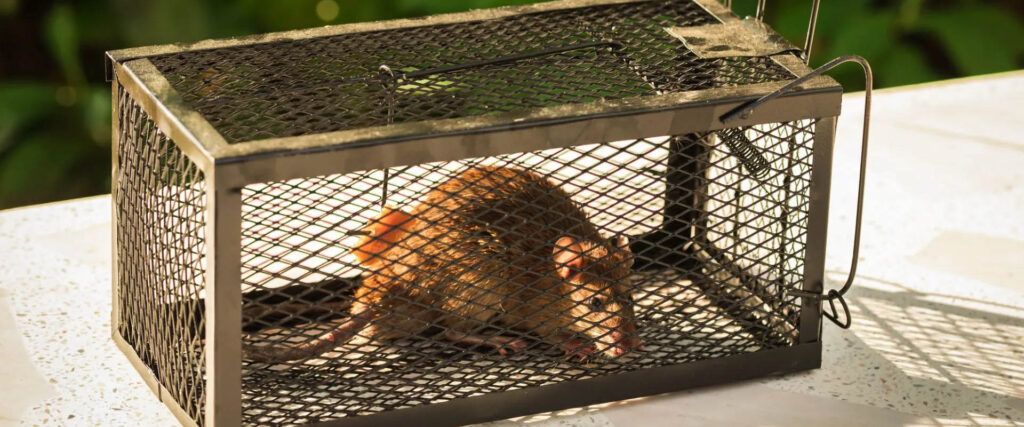Rodents infesting attics can pose significant health risks and structural damage to homes. Once the rodents have been removed, it’s crucial to thoroughly sanitize the attic to ensure a clean and safe environment for occupants. In this article, we will outline the essential steps to follow for effective attic sanitation post-rodent removal.

Inspection and Assessment: Before beginning the sanitation process, conduct a thorough inspection of the attic to assess the extent of contamination and damage caused by the rodents. Look for signs of droppings, urine stains, chewed wires, insulation damage, and nesting materials. This assessment will help determine the scope of work required for sanitation.
Safety Precautions: Prioritize safety by wearing protective gear such as gloves, masks, and goggles to prevent exposure to rodent droppings, urine, and potentially harmful pathogens. Ventilate the attic by opening windows or using fans to improve air circulation and reduce the concentration of airborne particles.
Removal of Contaminated Materials: Remove all contaminated materials from the attic, including soiled insulation, nesting materials, and debris. Use heavy-duty trash bags to contain the waste and dispose of it properly according to local regulations. Pay special attention to areas where rodents may have nested, such as corners, insulation gaps, and crawl spaces.
Cleaning and Disinfection: Thoroughly clean and disinfect all surfaces in the attic to eliminate bacteria, viruses, and parasites left behind by rodents. Use a disinfectant solution recommended for rodent cleanup, following the manufacturer’s instructions for proper dilution and application. Focus on high-traffic areas and spots with visible contamination, ensuring complete coverage.
Restoration and Repairs: After cleaning, assess the attic for any structural damage caused by rodent activity. Repair or replace damaged insulation, wiring, and other components to restore the attic’s integrity and energy efficiency. Seal entry points and gaps in the attic to prevent future rodent infestations, using materials such as wire mesh, steel wool, or expanding foam insulation.
Odor Control: Address any lingering odors in the attic by using odor-neutralizing products or applying natural remedies such as baking soda or activated charcoal. Consider using air purifiers or deodorizers to improve air quality and remove any remaining airborne contaminants.
Prevention Measures: Implement preventive measures to minimize the risk of future rodent infestations in the attic. Trim trees and shrubs away from the house to prevent rodents from gaining access to the roof. Seal cracks, gaps, and entry points around the attic, roofline, and foundation to deny rodents entry into the home. Keep food stored in airtight containers and maintain cleanliness to eliminate potential attractants for rodents.
Attic sanitation following rodent removal is essential for ensuring a safe and healthy living environment. By following these steps diligently, homeowners can effectively eliminate contaminants, prevent structural damage, and reduce the risk of recurrent rodent infestations. Investing time and effort in proper attic sanitation will contribute to the overall well-being and longevity of the home.
